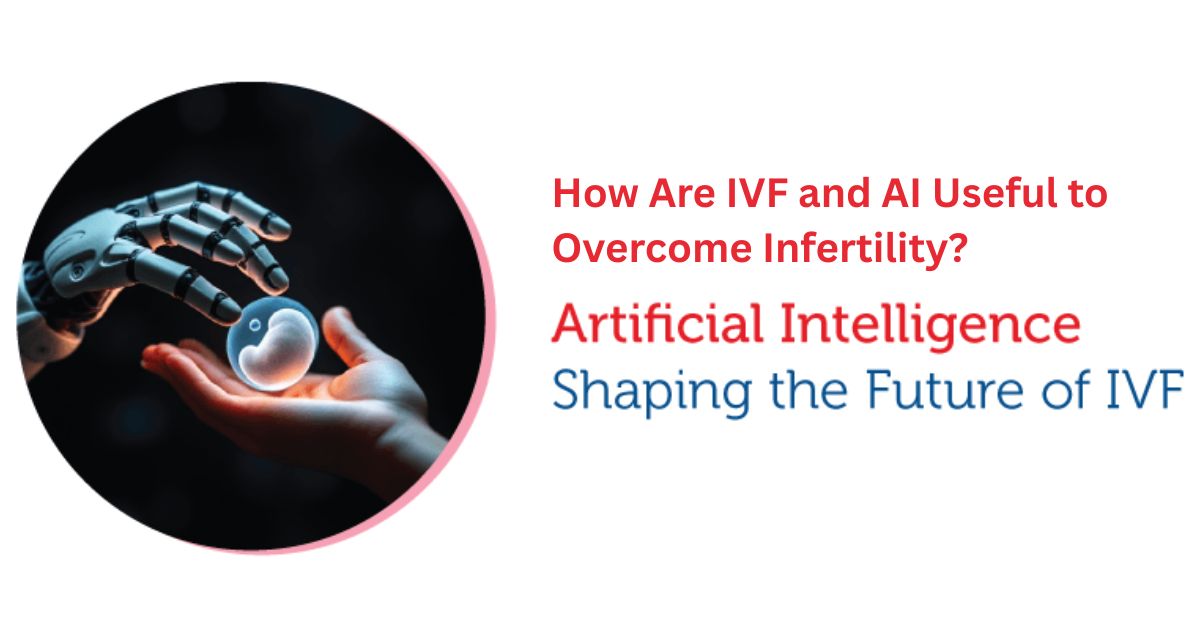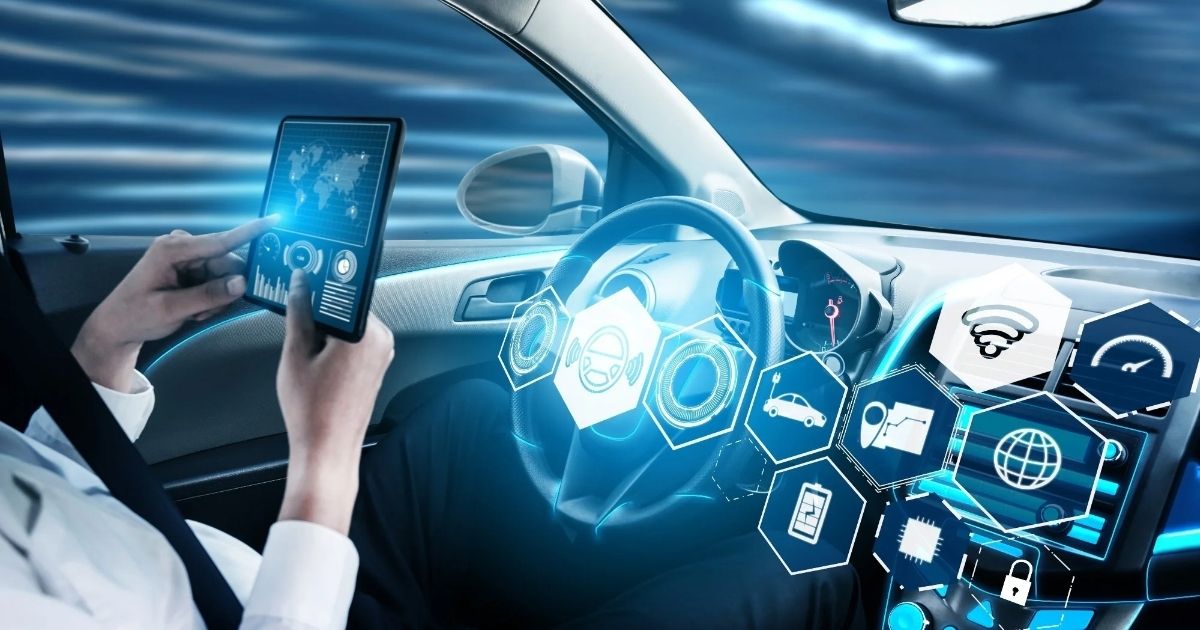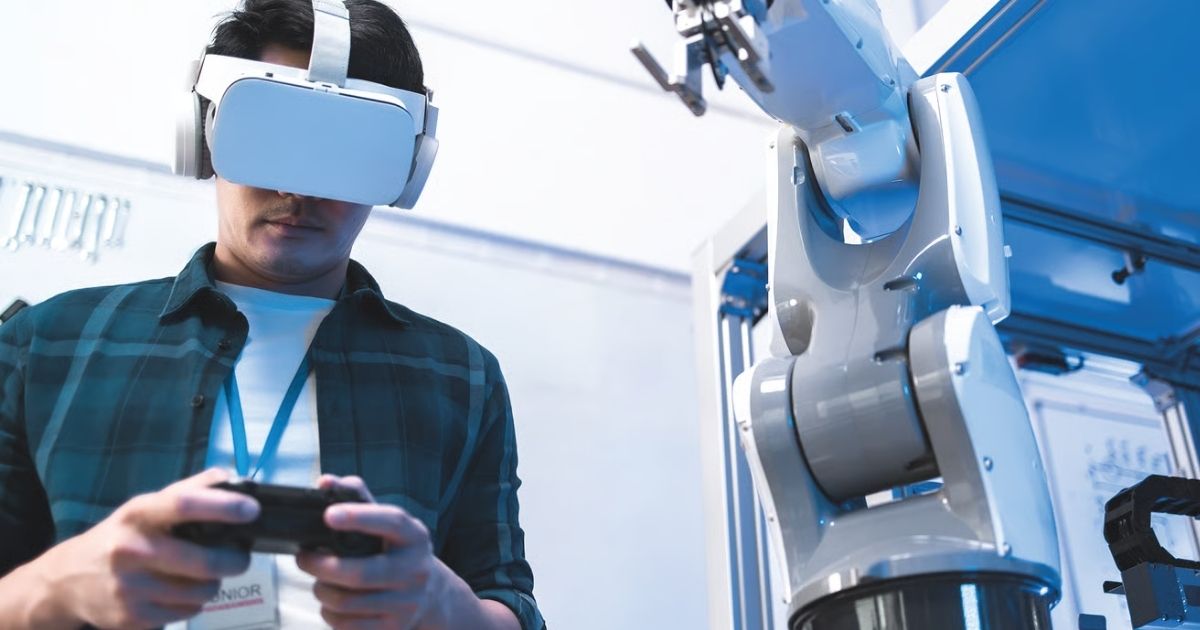Why Augmented Reality in Entertainment Matters Now
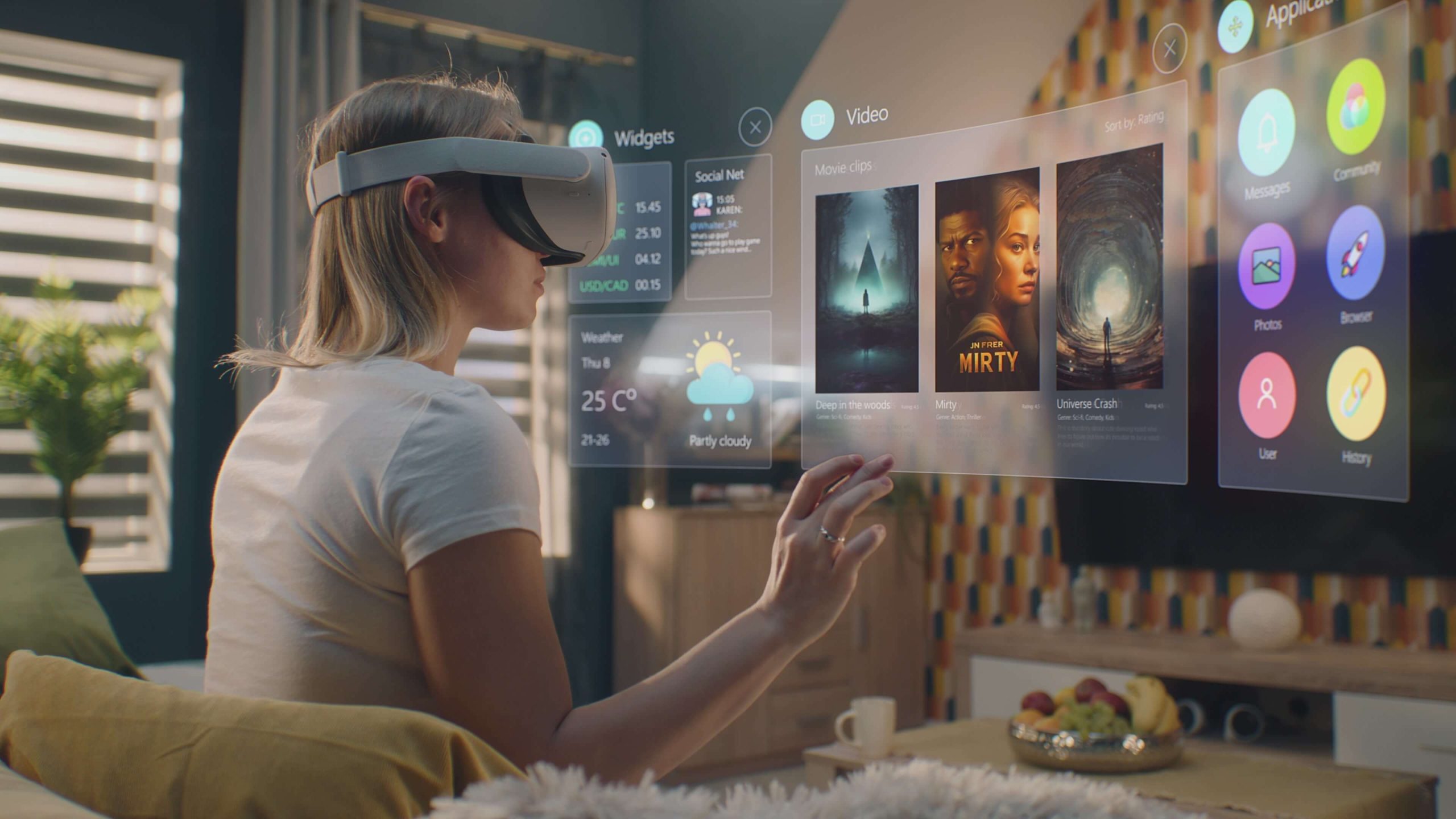
Augmented Reality in Entertainment is arriving at scale because the technology finally meets audience expectations: accessible WebAR, performant mobile SDKs, and social platforms that reward shareable AR content. Audiences crave experiences that feel personal and participatory, and AR delivers contextual layers—lyrics floating at a concert, character avatars at a launch event, or hidden plot threads discoverable on a device. Beyond novelty, AR offers measurable business benefits: longer session times, higher social amplification, and new revenue streams like ticketed AR tiers or digital collectibles. Importantly, Augmented Reality a Sustainable Marketing Tool when it replaces disposable printed collateral, enables localized digital campaigns, and creates reusable digital assets that reduce physical production and logistics. For entertainment brands, the strategic opportunity is to design AR as part of a content ecosystem: launch with a low-friction WebAR proof-of-concept, iterate based on engagement data, and expand successful experiences into premium offerings. With a clear KPI and user-first design, AR can be both creatively liberating and commercially effective.
Live Events and Concerts: Dynamic AR Stages and Fan Engagement
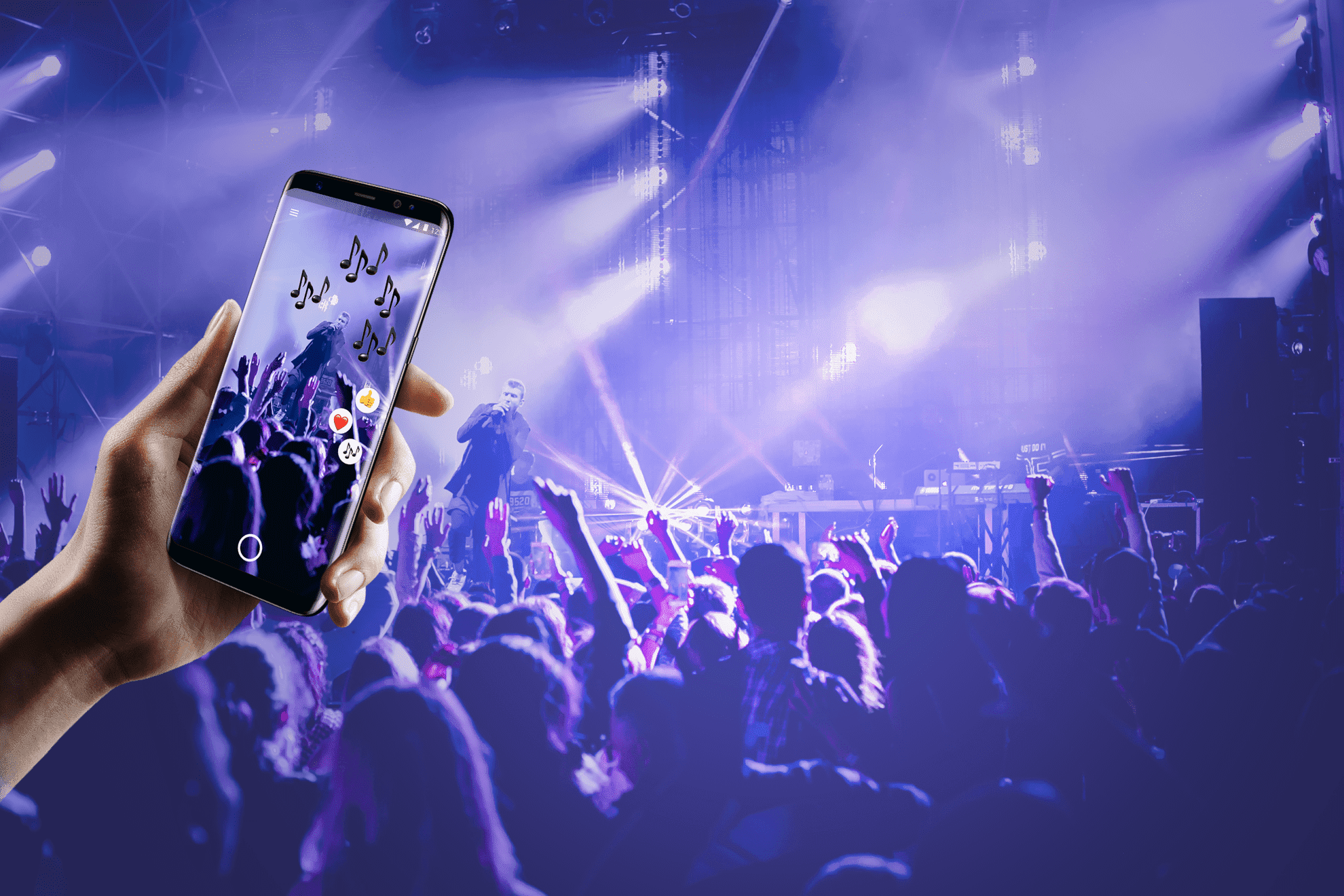
Live events are a natural home for Augmented Reality in Entertainment because they amplify shared experiences and social proof. Concert promoters can integrate AR overlays synchronized to lighting cues, enabling attendees to view virtual stage elements or interactive set pieces through their phones. Festivals and arenas can offer AR-enhanced merch previews, VIP backstage tours, or collectible AR moments that attendees unlock by scanning locations. These activations increase dwell time, encourage user-generated content, and create new monetization channels without bulky physical set pieces. From a production standpoint, design for connectivity challenges: implement robust caching, opportunistic syncing for poor networks, and fallback content that still delights. Measure success through session rates, average time per activation, social shares, and incremental revenue from AR upsells. When crafted with accessibility and minimal friction in mind, AR at live events not only elevates spectacle but also extends the audience relationship beyond the event through shareable artifacts and follow-up retargeting opportunities.
Interactive Storytelling and Location-Based Experiences

AR transforms storytelling by extending narratives into the real world—viewers can discover clues, unlock ephemeral scenes, or collect digital props tied to a larger story. Location-based AR games and guided experiences turn cities into interactive stages, supporting tourism, brand activations, and serialized storytelling that keeps audiences returning. Creators can release episodic AR content between broadcast drops to maintain momentum and deepen world-building, while location triggers offer context-aware surprises that feel personalized. Importantly, these experiences can be designed with sustainability in mind: fewer physical props, lower travel for cast-driven activations, and digital collectibles instead of manufactured merchandise. Track engagement through repeat visits, time spent per story node, and conversion to paid content or subscriptions. The most effective AR narratives balance surprise with clarity—users should always know how to participate, what they gain, and how the digital elements relate to the core story.
Monetization and Sustainability: Augmented Reality a Sustainable Marketing Tool
Augmented Reality a Sustainable Marketing Tool because it replaces many single-use marketing artifacts with reusable, upgradeable digital experiences. Revenue models include ticketed AR tiers, branded overlays, limited digital collectibles, sponsorship placements inside AR scenes, and location-based commerce incentives. From an environmental perspective, digital assets avoid shipping physical goods, reduce printed collateral, and enable precise targeting that cuts wasted impressions. For brands, AR offers measurable ROI: track AR-specific conversions, ARPU from paid features, and earned media from UGC. Ethical monetization matters—offer valuable free experiences and clearly labeled paid upgrades to avoid alienating users. Pair monetization with sustainability messaging where appropriate; for example, limited digital merchandise can be tied to environmental pledges, enhancing brand goodwill. Successful programs strike a balance: deliver compelling free value to attract users, then offer premium AR artifacts or experiences that feel worth the price while supporting broader sustainability goals.
Implementation Strategy and Best Practices
Implementing Augmented Reality in Entertainment requires a pragmatic approach: start with a focused pilot that maps to a clear KPI—engagement lift, ticket upsells, or social reach. Choose technology matched to your audience: WebAR for the lowest friction, native SDKs for advanced interactions, and social platform lenses for viral potential. Prioritize quick load times, intuitive onboarding, and robust fallbacks for low connectivity. Integrate analytics from day one to measure session duration, retention, conversions, and UGC generation; use those insights to iterate creative and technical elements. Ensure accessibility by supporting multiple devices, providing alternative experiences for non-AR users, and respecting privacy with opt-in data capture. Partner with AR creators who understand storytelling and distribution—technical prowess alone won’t make an experience viral. Finally, maintain a content library so assets are reusable across campaigns, making Augmented Reality a Sustainable Marketing Tool that scales affordably and consistently.
Conclusion: Start Small, Measure, and Scale AR Experiences
Augmented Reality in Entertainment offers a powerful mix of creative freedom and measurable business impact when executed thoughtfully. Begin with a low-friction pilot—an AR filter, a WebAR concert overlay, or a location-based mini-quest—then use engagement and conversion metrics to validate the concept. Treat Augmented Reality a Sustainable Marketing Tool by prioritizing reusable assets, reducing physical collateral, and offering compelling paid upgrades. Combine AR with broader channels—social, email, and in-person activations—to amplify reach and create cohesive audience journeys. As you scale, formalize content governance, analytics pipelines, and accessibility standards so experiences remain reliable and inclusive. With careful planning, iterative testing, and audience-first design, AR can deepen storytelling, increase revenue, and reduce environmental impact—turning ephemeral moments into sustained fan relationships and measurable marketing value.
Read more :
10 FRESH WAYS TO USE AUGMENTED REALITY AR IN YOUR NEXT PROJECT
10 SMART WAYS AUGMENTED REALITY IN MANUFACTURING TRANSFORMS PRODUCTION

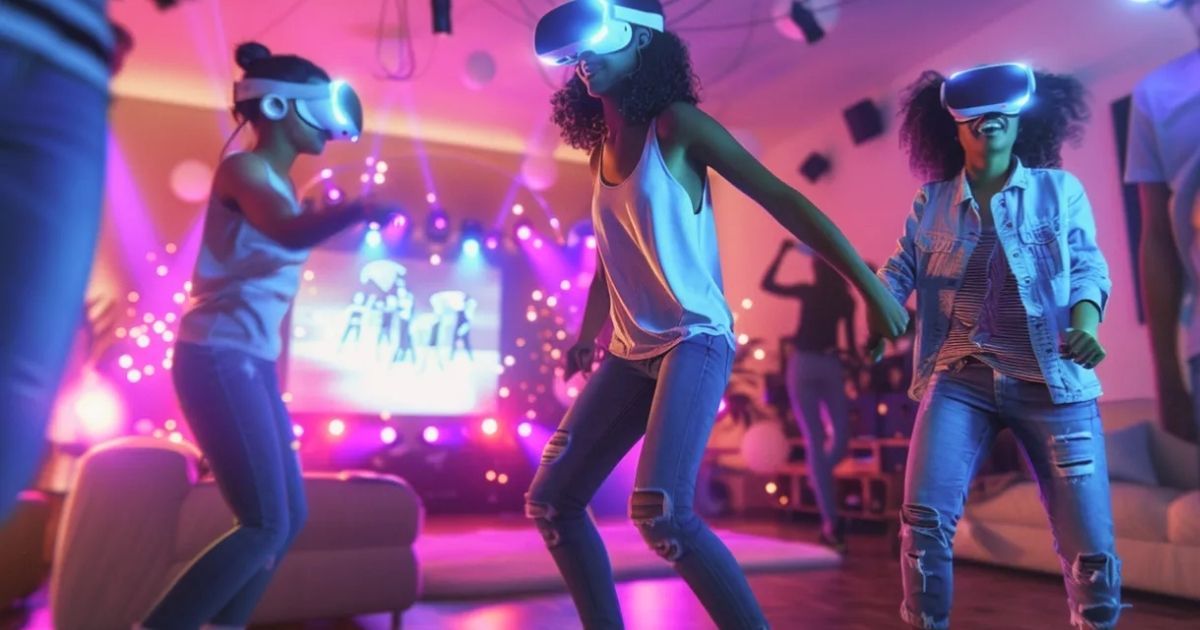



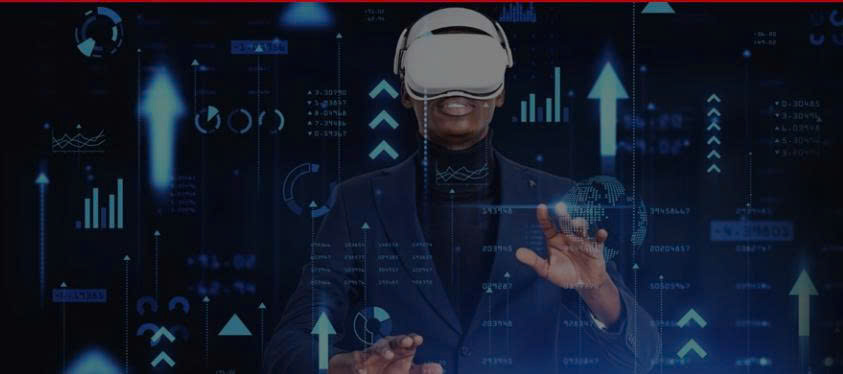
.jpg)

.jpg)
